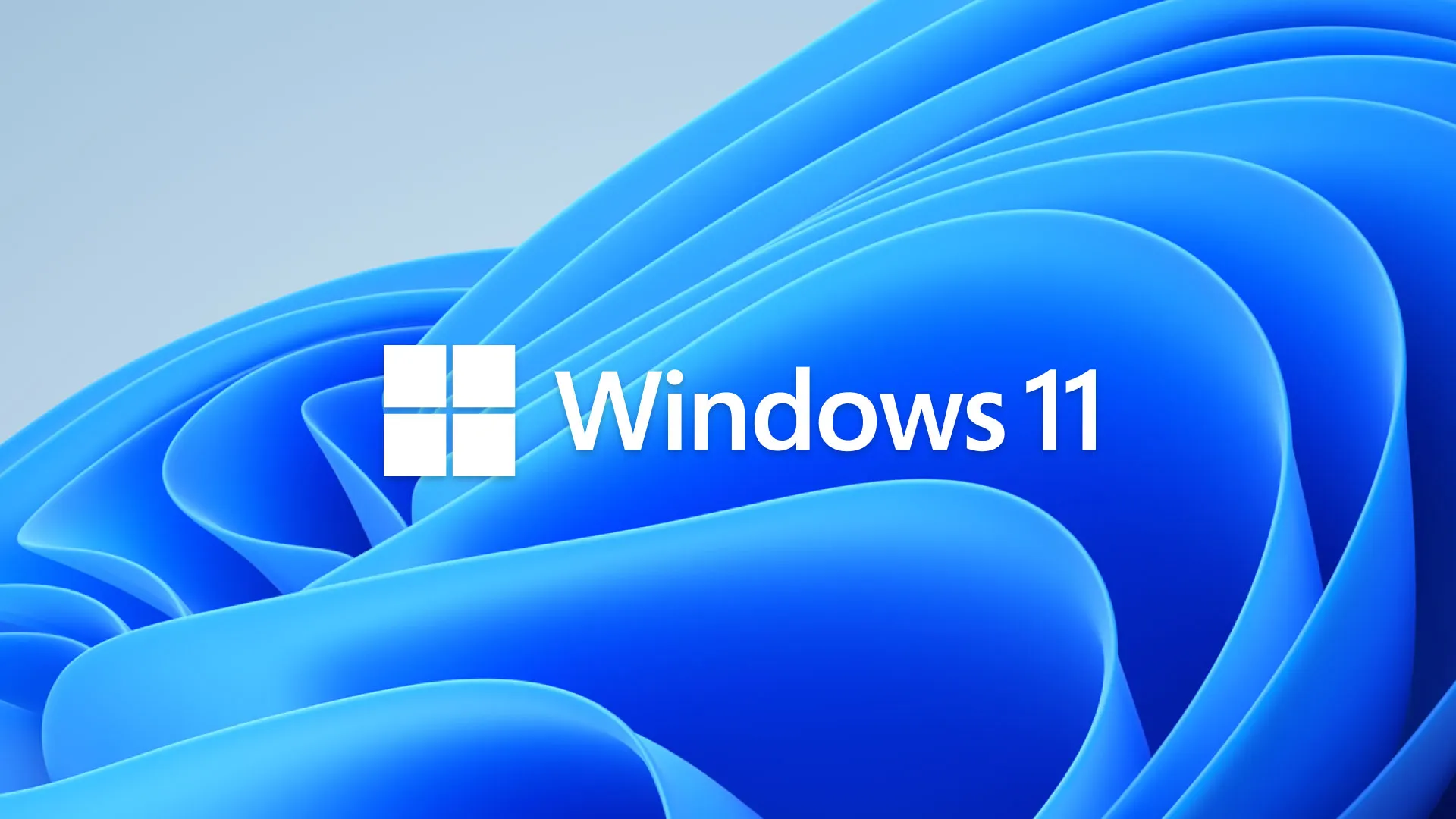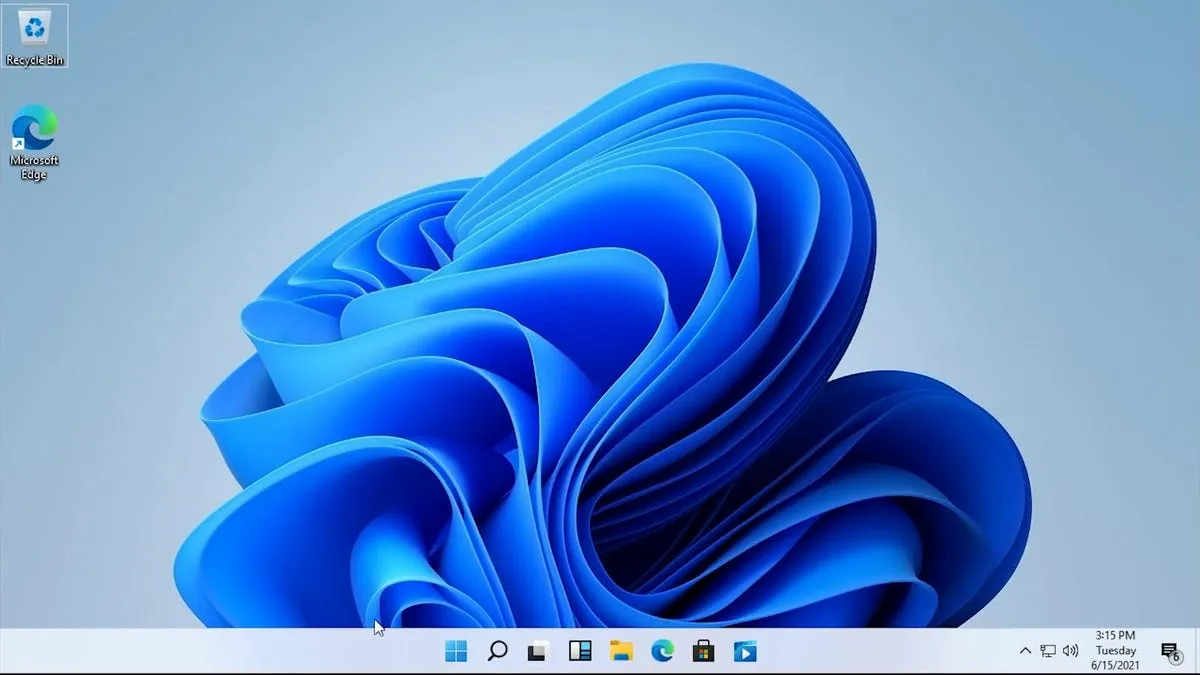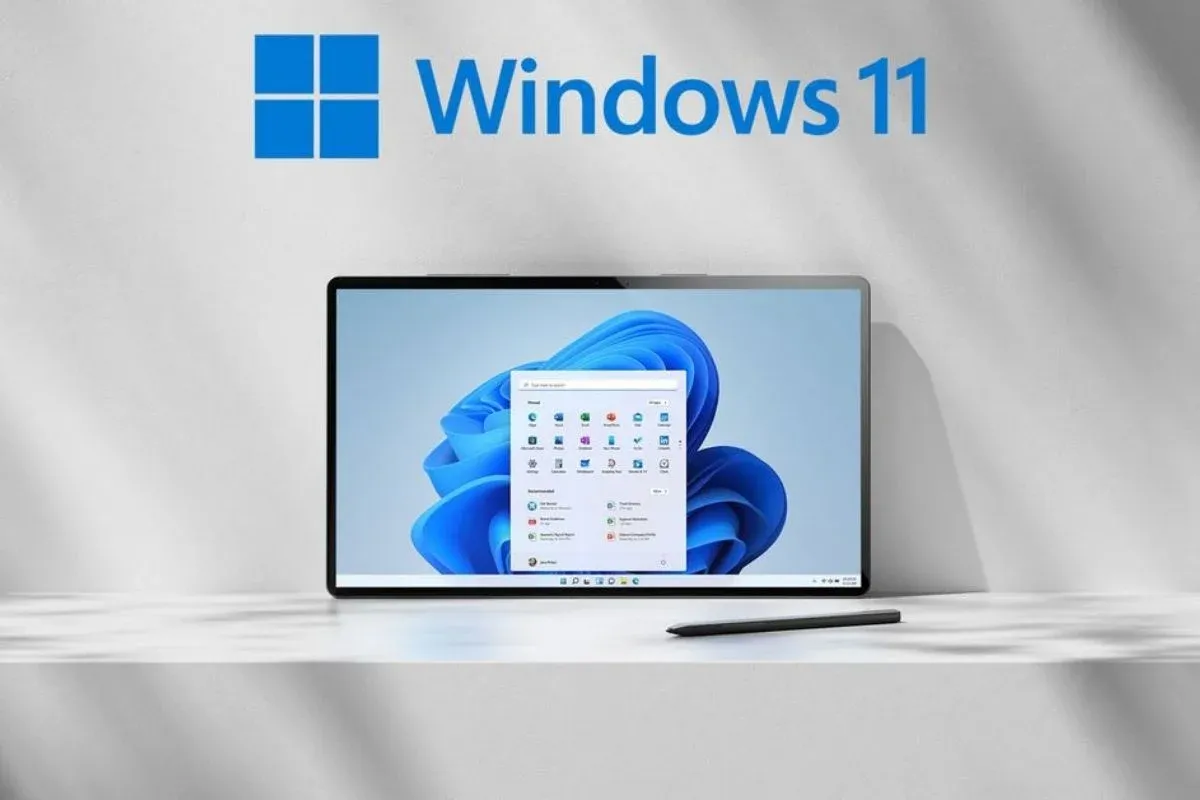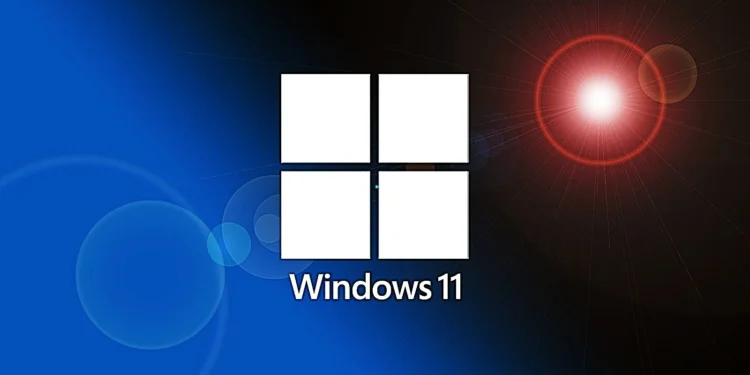Originally unveiled in October as part of a preview build for the Canary Channel of Windows 11 Insiders, the administrator protection mechanism is designed to safeguard critical system resources by introducing a hidden, just-in-time elevation process paired with Windows Hello authentication prompts. This feature restricts admin rights to when they’re absolutely necessary, adding a robust layer of security against unauthorized access.
“When installing new apps or attempting to modify the registry, logged-in admin users are now required to authenticate themselves using Windows Hello, either via a PIN or a biometric method,” explains the Windows Insider team. This new authentication prompt is a significant upgrade over the previous User Account Control (UAC) system, making it tougher for malware and attackers to gain access to sensitive areas of the operating system.

Enhanced User Experience with Color-Coded Authentication Prompts
The latest iteration of this security feature introduces an innovative visual cue: expanded color-coded regions that extend over the app description in the authentication prompt. This design change not only improves usability but also helps users identify untrusted or unsigned applications more clearly, enhancing security measures without compromising user experience.
Empowering Users with Self-Service Security Enhancements
A standout aspect of the latest update is the ability for users to activate admin protection directly from the Windows Security settings. “This pivotal change allows even home users to enable administrator protection without the need for IT admin intervention, promoting a self-reliant approach to security,” the Windows Insider team highlighted. Adjusting this setting requires a system reboot, a small step for a significant leap in personal security.

Broader Security Innovations on the Horizon
Looking ahead, Microsoft is not stopping with admin protection. The company has announced several upcoming features intended to streamline system management and enhance security protocols. These include the “Quick Machine Recovery” set to debut in early 2025, which will assist system admins in remotely repairing devices that become unbootable due to Windows Update issues. Additionally, the introduction of “Config Refresh” and “Zero Trust DNS” will provide administrators with tools to reset PC settings to default configurations and ensure DNS queries are securely managed, respectively.
Since the inception of Microsoft’s Secure Future Initiative (SFI) in November 2023, the company has aggressively pursued new avenues to secure its ecosystem, evidenced by the rollout of hotpatching capabilities for Windows 365 and Windows 11 Enterprise 24H2 client devices. These patches are designed to be installed seamlessly in the background, negating the need for system reboots and reducing downtime.

Microsoft’s expanded testing of the admin protection feature in Windows 11 underscores its commitment to enhancing user security. By enabling users to manage their security settings more directly and introducing tougher authentication processes, Microsoft is setting a new standard in cybersecurity, geared towards making Windows safer for everyone in an increasingly complex digital age.










